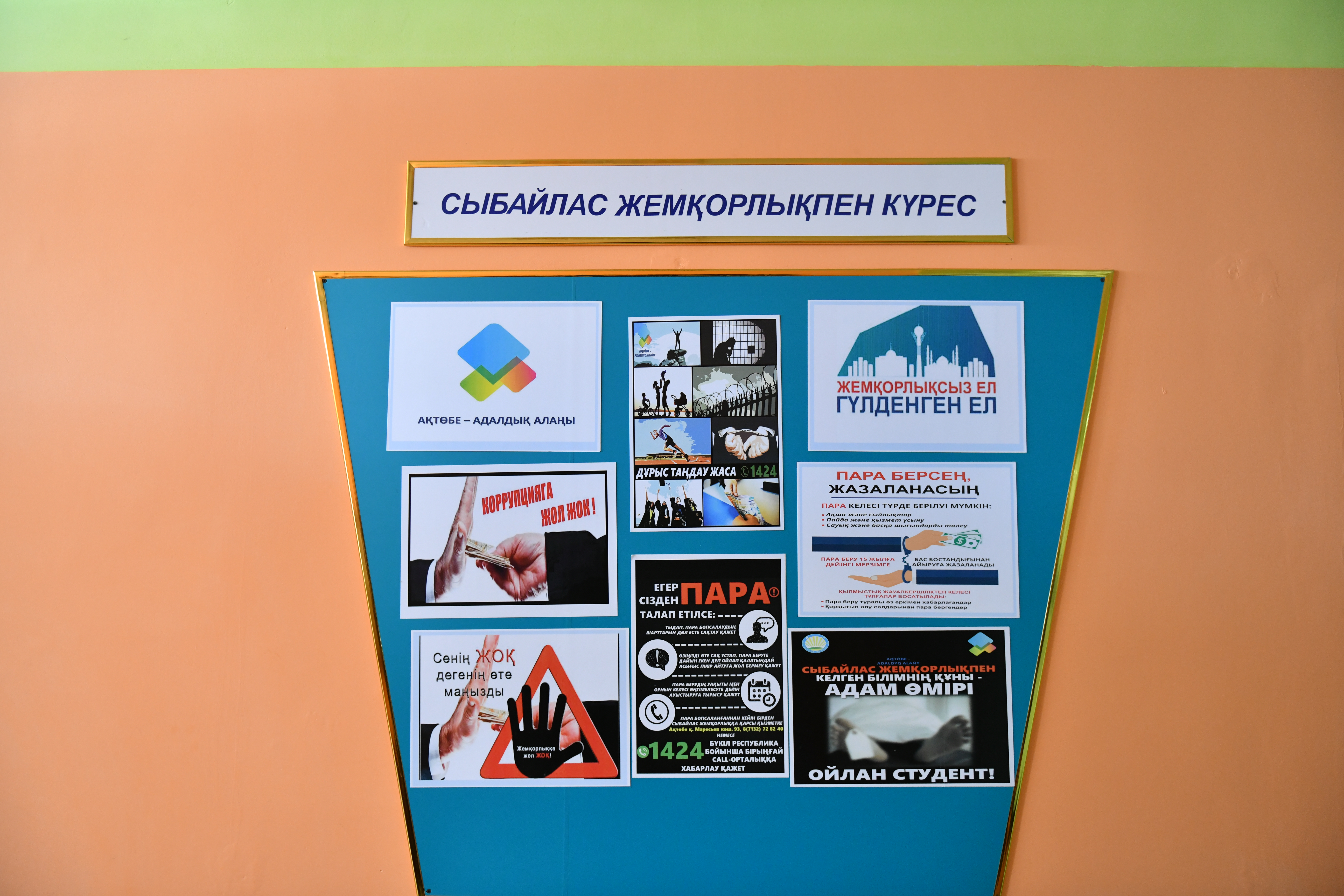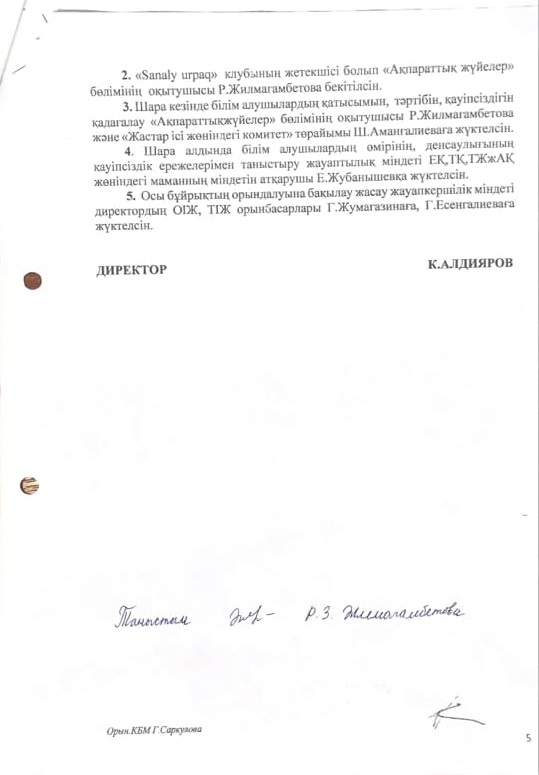
Abiyeva Zhainagul Shakenova
Head of the Department "Technical specialties»

Shatayakova Zhanna Dzhanbaevna
The Chairwoman of the CMC "Oil and gas
discipline". Teacher of special disciplines of the high category.

Izteleuov Bakhitbek Makhsutuly
The Chairman of the СMC "Engineering discipline

Kabidulina Gulnara Murzabekovna
The Chairwoman of the СMC "Natural Sciences". Master of technical Sciences.

Zhumagazina Galiya Urungaliyevna
The Chairwoman of the СMC "Social and pedagogical service". Head of correspondence Department of the College
Teachers

Suyunova Galym Umargalievna
Teacher of special disciplines of СMC "Engineering disciplines»

Takhanova Ainur Abdilmazhitovna
Teacher of special disciplines of СMC "Engineering disciplines»

Aitbai Matzhan Makatuly
Teacher of special disciplines of СMC "Engineering disciplines", mechanical engineer

Iskakova Sveta Nurmukhanovna
Teacher of special disciplines of the highest category of СMC "Engineering disciplines»

Dauletyarova Tokzhan Shakirovna
Teacher of special disciplines of the highest category of СMC "Oil and Gas disciplines»

Zholayeva Zhannat Tuleushovna
Teacher of special disciplines of the high category of СMC "Oil and Gas disciplines»

Erimbetova Maira Ubaidullayevna
Teacher of special disciplines of the highest category of СMC "Oil and Gas disciplines»

Kurmanseitova Nurzhamal Muldagaliyevna
Teacher of special disciplines of the highest category of СMC "Oil and Gas disciplines»

Kaizhanova Gulmira Ybyraimkyzy
Teacher of the second category of special disciplines of СMC "Oil and Gas disciplines»

Aksenova Inna Alekseeyevna
Teacher of special disciplines of the high category of СMC "Builder»

Bednaya Irina Ivanovna
Teacher of special disciplines of the highest category of СMC "Builder»

Matasheva Ayan Nagimzhanovna
Teacher of special disciplines of the highest category of СMC "Social and pedagogical services".




